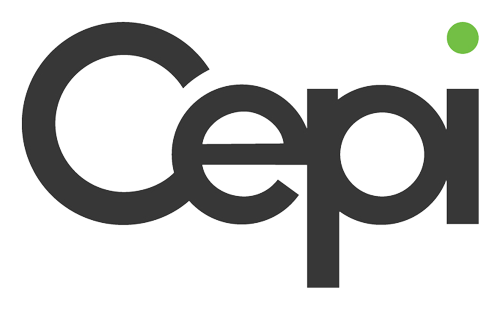

Sustainability is central to all European paper industry activities and a large proportion of our resources are devoted to ensuring that the industry minimises its environmental impacts. For many decades, the European paper industry has invested in environmental improvements. By systematically managing the environmental impact of pulp and paper manufacturing, overall environmental performance continually improves. Within the Cepi membership, 92% of production capacity is certified or registered according to the internationally recognised environmental management standards ISO 14001 and EMAS.
Cepi has worked with Deloitte to identify the sector’s significant impacts: what is material in pulp and paper industry. The assessment of the sector on the European level produced detailed matrices and Key Performance Indicators for the identified five most material issues.
One size doesn’t fit all: It is understood that each individual organization will have its own ranking of material topics depending on its core business, its key markets, countries of operation and other specifics of the organisation.
Ultimately, one of the objectives of this process is to support Cepi’s members can run their own materiality analysis, starting with the industry-wide view presented here and customizing it further to their own organisation. This is supported by a separate document, the How to toolkit.
Cepi figures show that there has been an absolute decoupling of economic growth from environmental impacts since 2000. In short, paper of equivalent or even superior quality is now being produced using fewer resources.
Total Water Abstracted
Water in Products
Total Effluents
Water in Residues and Products
Evaporation
Chemicals are used in the paper industry in different parts of the pulp and paper making process. They can be divided into three main areas: process chemicals, functional chemicals and coating chemicals. These chemicals have different functions and a different influence on the sustainability of a paper product.

Minerals used in papermaking include talc, kaolin and calcium carbonate. Paper and board consists predominantly of cellulose fibres, naturally-occurring minerals such as calcium carbonate and natural polymers such as starch. The increasing use of calcium carbonate is especially significant: in 2012 more than half of the non-fibrous material used in the paper industry was calcium carbonate. The increase in the use of non-fibrous raw materials has allowed for a more efficient use of fibres and improved functionalities of finished paper products.
Become a subscriber here